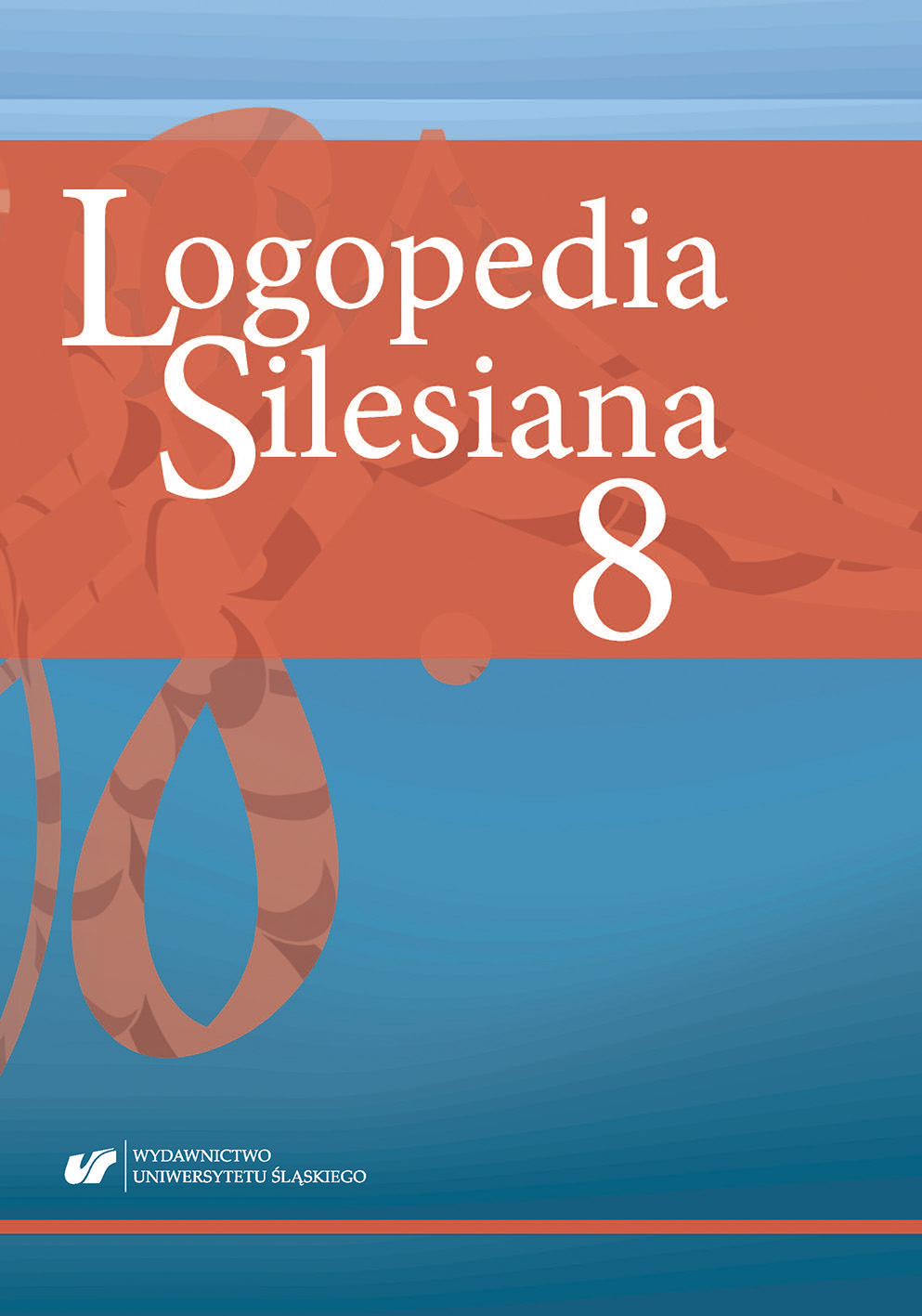

 https://doi.org/10.31261/LOGOPEDIASILESIANA.2019.08.16
https://doi.org/10.31261/LOGOPEDIASILESIANA.2019.08.16
The aim of this article is to capture the influence of shortened tongue frenulum (ankyloglosia) on primary functions such as breathing, sucking, swallowing, as well as on food activities – biting and chewing. The publication is a review and is an attempt to combine the available professional literature (national and world) on the above topic, as well as to discuss the conclusions from the cited studies. One of the paragraphs is devoted to several cases of children with ankyloglossia and its impact on primary activities in these children. The article also includes own reflections and considerations from the literature and case description discussed in the publication, children with shortened sublingual frenulum.
Download files
Citation rules

No. 8 (2019)
Published: 2019-12-22
 10.31261/LOGOPEDIASILESIANA
10.31261/LOGOPEDIASILESIANA